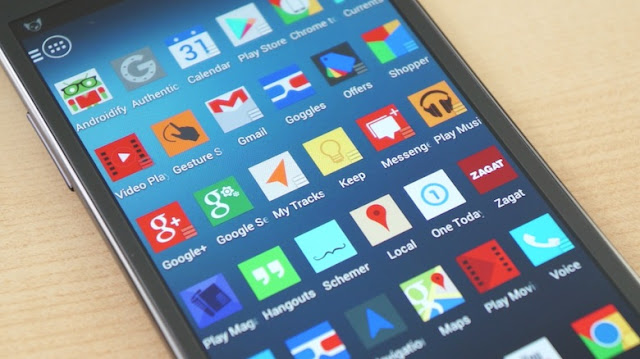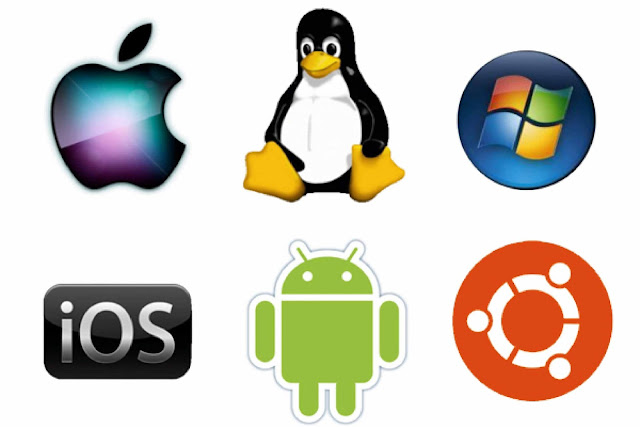Servers and Clients
Many of the host computers on the Internet offer services to other computers on the Internet. For example, your ISP probably has a host computer that handles your incoming and outgoing mail. Computers that provide services for other computers to use are called servers. The software run by server computers to provide services is called server software.
Conversely, many of the computers on the Internet use servers to get information. For example, when your computer dials into an Internet account, your e-mail program downloads your incoming messages from your ISP's mail server. Programs that ask servers for services are called clients. Your e-mail program is more properly called an e-mail client.
Here are some types of servers and clients that you may encounter:
- Mail servers handle incoming and outgoing e-mail. Specifically, Post Office Protocol (POP or POP3) and IMAP (Internet Message Access Protocol) servers store incoming e-mail, whereas Simple Mail Transfer Protocol (SMTP) servers relay outgoing e-mail. Mail clients get incoming messages from, and send outgoing messages to, a mail server, and enable you to read, write, save, and print messages.
- Web servers store web pages and transmit them in response to requests from clients, which are usually called browsers.
- FTP servers store files that you can transfer to or from your computer if you have an FTP client.
- News servers store Usenet newsgroup articles that you can read and send if you have a news client or newsreader. See Chapters 11 and 12 for how to use newsreaders.
- IRC servers act as a switchboard for Internet Relay Chat (IRC) channels. To participate, you use an IRC client.


Comments
Post a Comment